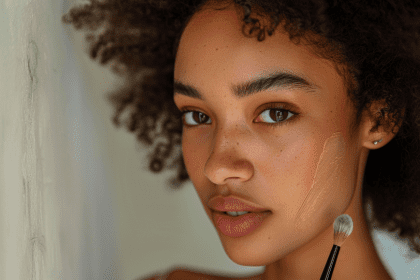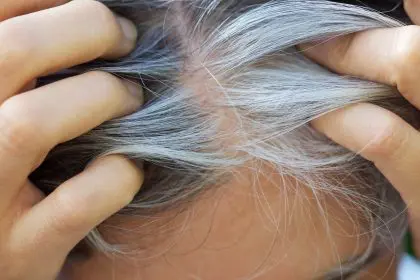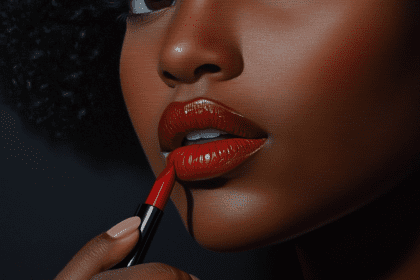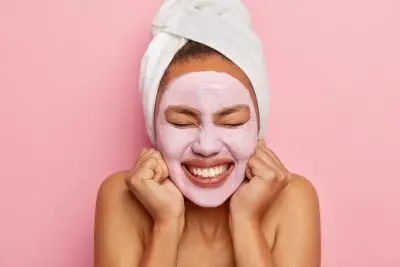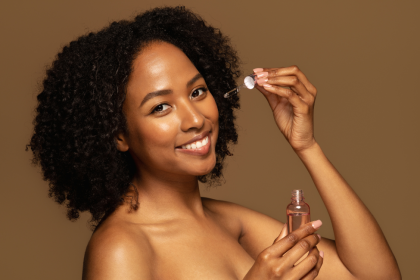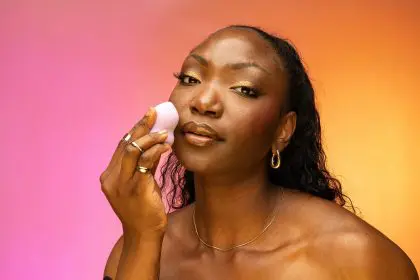Most people assume their elaborate skin care routines are purely beneficial, creating glowing skin while they sleep peacefully through the night. But the reality is that many popular skin care ingredients and practices can actually interfere with sleep quality in ways that most dermatologists never mention and beauty enthusiasts rarely consider.
The connection between skin care and sleep goes deeper than just the relaxing ritual of applying products before bed. Certain ingredients can trigger reactions that keep the nervous system activated, while others can cause physical discomfort that makes restful sleep nearly impossible. Understanding these connections could be the key to finally getting the restorative sleep that’s essential for both health and the skin benefits people are trying to achieve.
What makes this particularly frustrating is that poor sleep actually undermines the very skin improvements that people are trying to create with their nighttime routines. When skincare interferes with sleep, it creates a counterproductive cycle where people aren’t getting the cellular repair and regeneration that happens during deep sleep phases.
The active ingredients that overstimulate at night
Retinoids, alpha hydroxy acids, and other “active” skin care ingredients can cause skin irritation, tingling, or burning sensations that keep people awake long after they’ve applied their products. These reactions aren’t necessarily signs of damage, but they can create enough discomfort to interfere with the relaxation needed for quality sleep.
Vitamin C serums, particularly those with high concentrations, can cause temporary skin sensitivity that manifests as itching, warmth, or stinging sensations. When applied close to bedtime, these sensations can prevent the nervous system from settling into sleep mode, leading to tossing and turning that fragments sleep quality.
The problem compounds when people layer multiple active ingredients, creating cumulative irritation that’s more disruptive to sleep than any single product would be alone. This is particularly common among skincare enthusiasts who believe more products equal better results.
The fragrance sensitivity that triggers insomnia
Synthetic fragrances in skin care products can trigger allergic reactions or sensitivities that interfere with sleep, even in people who don’t realize they’re sensitive to these ingredients. Headaches, congestion, or general discomfort from fragrance exposure can make it difficult to fall asleep or stay asleep throughout the night.
Essential oils used in natural skin care products can be just as problematic for sleep, particularly stimulating scents like peppermint, citrus, or eucalyptus that energize rather than relax the nervous system. Even supposedly calming scents like lavender can be overpowering when applied directly to the face in high concentrations.
The olfactory system has direct connections to brain areas that regulate arousal and sleep, making fragrance-related sleep disruption a legitimate physiological response rather than just psychological sensitivity.
The timing mistakes that disrupt circadian rhythms
Applying stimulating skin care ingredients too close to bedtime can interfere with the body’s natural preparation for sleep. Products containing caffeine, niacinamide, or other energizing ingredients can signal to the body that it’s time to be alert rather than wind down for rest.
Even gentle products can be disruptive if the application process is too stimulating or takes too long, keeping people in bright bathroom lighting when they should be allowing their bodies to prepare for darkness and sleep. The ritual itself becomes counterproductive when it’s overly complex or stimulating.
Light exposure from bathroom mirrors and skin care application can suppress melatonin production, particularly problematic for people who apply products under bright lights immediately before trying to sleep.
The physical discomfort that prevents deep sleep
Heavy creams, oils, or occlusive products can create a feeling of stuffiness or claustrophobia that makes it difficult to relax into deep sleep. This is particularly problematic for people who are sensitive to textures or who sleep in warm environments where heavy products can feel oppressive.
Sticky or tacky product residues can cause discomfort when they transfer to pillowcases or hair, creating physical distractions that interrupt sleep cycles. The sensation of products rubbing off onto bedding can be annoying enough to cause frequent awakening throughout the night.
Some people experience increased skin temperature from occlusive products, which can interfere with the natural temperature drop that signals the body to prepare for sleep. This thermal disruption can prevent the deep sleep phases necessary for both rest and skin repair.
The psychological activation that keeps minds racing
Complex skin care routines can create mental stimulation that’s counterproductive to sleep preparation. When people are focused on multiple steps, product application techniques, and skin care goals, their minds remain active rather than settling into the relaxed state needed for quality sleep.
Anxiety about skincare results, product reactions, or routine compliance can create mental stress that interferes with sleep quality. This is particularly common among people who are trying new products or dealing with skin concerns that cause emotional distress.
The perfectionist mindset that often accompanies elaborate skin care routines can extend into bedtime, creating pressure to complete every step perfectly rather than allowing for the flexibility and relaxation that support good sleep hygiene.
The allergic reactions that cause nighttime wakefulness
Delayed allergic reactions to skin care ingredients often manifest hours after application, causing itching, burning, or swelling that can wake people from sleep or prevent them from falling asleep initially. These reactions can be subtle enough to go unrecognized while still being disruptive to sleep quality.
Contact dermatitis from skin care ingredients can cause inflammation that interferes with comfortable sleep positioning, particularly when reactions occur around the eyes or other sensitive facial areas. The discomfort may be tolerable during waking hours but becomes more noticeable when trying to relax.
Even mild sensitivities can cause subconscious discomfort that fragments sleep without fully waking people, leading to unrefreshing sleep that leaves them tired despite spending adequate time in bed.
The sleep-friendly skincare strategies that actually work
Simplifying nighttime routines and avoiding stimulating ingredients within two hours of bedtime can significantly improve sleep quality while still providing skin care benefits. This might mean moving active ingredients to morning routines or using gentler formulations at night.
Testing new products during daytime hours allows people to assess their skin’s reaction without risking sleep disruption. This approach also provides better insight into how products affect skin since reactions are easier to monitor when awake.
Creating buffer time between skin care application and sleep allows products to absorb and potential reactions to manifest before attempting to rest. This strategy helps identify products that interfere with sleep while still maintaining beneficial skin care practices.
Choosing fragrance-free, gentle formulations for nighttime use reduces the risk of sensitivity reactions while still providing moisturizing and protective benefits that support skin health during sleep.


